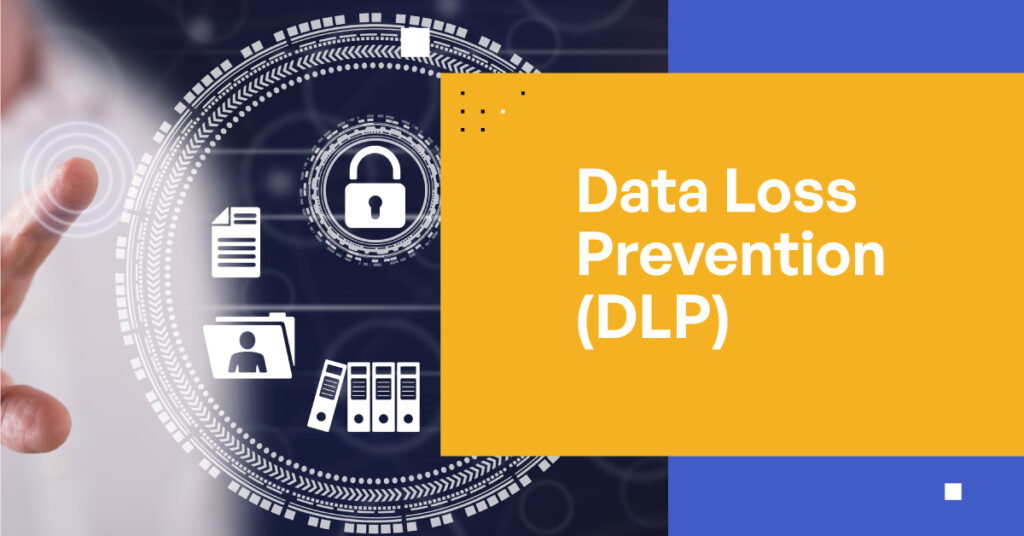What is DLP? Secure Your Data with Data Loss Prevention
DLP (Data Loss Prevention) is a set of technologies and strategies developed to protect data, one of the most valuable assets of businesses in today’s digital world. DLP is a savior for organizations that want to prevent sensitive data from falling into the wrong hands, being lost or misused. So, what exactly is DLP, how does it work and why is it so important?

What is Data Loss Prevention and Why is it Important?
Data Loss Prevention actively safeguards sensitive information from threats like unauthorized access, sharing, or loss. Organizations handle critical data, such as customer details and trade secrets. With rising cyber-attacks and data breaches, these systems ensure legal compliance and protect business reputation. For instance, they can stop an employee from accidentally sending a sensitive document, averting a potential crisis.
Data protection tools actively monitor data storage, usage, and access. They restrict information to authorized personnel, minimizing risks.
Main Objectives
-
Secure sensitive information.
-
Safeguard business reputation.
-
Minimize risks from human error or malicious actions.
What are the Types of Data Loss Prevention?
Organizations deploy data protection systems in various ways to meet diverse environments and needs. Here are the most common types:
1. Network-Based Protection
Network-based solutions monitor data moving across networks, such as emails, file transfers, or cloud services. They analyze data flow and can block sensitive documents from being uploaded to the cloud, for example.
Advantages
-
Monitors and blocks in real time.
-
Detects network anomalies.
-
Integrates with cloud-based applications.
2. Endpoint-Based Protection
Endpoint systems control data on employee devices, such as computers, tablets, and phones. They prevent data transfers to external devices like USB drives, external disks, or printers. For example, they stop an employee from copying a sensitive file to a USB drive.
Advantages
-
Shields against device-based threats.
-
Secures data offline.
-
Regulates employee device usage.
3. Storage-Based Protection
Storage-based tools secure data in servers, databases, and cloud environments. They ensure only authorized personnel access sensitive information.
Advantages
-
Protects data at rest.
-
Blocks unauthorized access.
-
Optimizes security for large data stores.
How Data Loss Prevention Works
Data protection systems employ advanced algorithms and policies to secure data. Tailored to business needs, the process includes these steps:
-
Data Detection: Systems scan and identify sensitive information in emails, cloud storage, or devices, such as credit card numbers.
-
Categorization: Tools classify information by sensitivity level (e.g., confidential, internal).
-
Policy Implementation: Organizations set rules to control data usage, such as preventing sensitive data from being emailed.
-
Monitoring and Intervention: Solutions track data movements in real time and block unauthorized transactions.
-
Reporting: Systems log suspicious activities or breaches, enabling IT teams to respond swiftly.
Advantages of Data Loss Prevention
Data protection systems deliver security and operational benefits to businesses:
-
Breach Prevention: Tools keep sensitive information out of the wrong hands.
-
Legal Compliance: Solutions ensure adherence to regulations.
-
Employee Awareness: Systems promote data security awareness.
-
Cost Savings: Tools prevent losses from data breaches.
-
Flexibility: Solutions adapt to various sectors.
Things to Consider During Implementation
To implement an effective data protection system, consider these points:
-
Policy Definition: Define rules tailored to business needs.
-
Training: Educate employees on data security and policies.
-
Integration: Ensure compatibility with existing IT infrastructure.
-
Continuous Updating: Update the system to address evolving threats and technologies.
-
Balance: Maintain security without disrupting workflows.
In Which Industries?
Data protection is critical in industries handling sensitive information:
-
Finance: Secures credit card information and bank data.
-
Health: Protects patient records.
-
Education: Safeguards student and staff information.
-
Technology: Secures intellectual property.
-
Public Sector: Protects government data.
Ultimately, Data Loss Prevention empowers businesses to shield data from cyber threats and errors. With the right strategies, technologies, and training, these solutions enhance security and ensure regulatory compliance. Act now to adopt data protection, secure your data, and strengthen your business!


